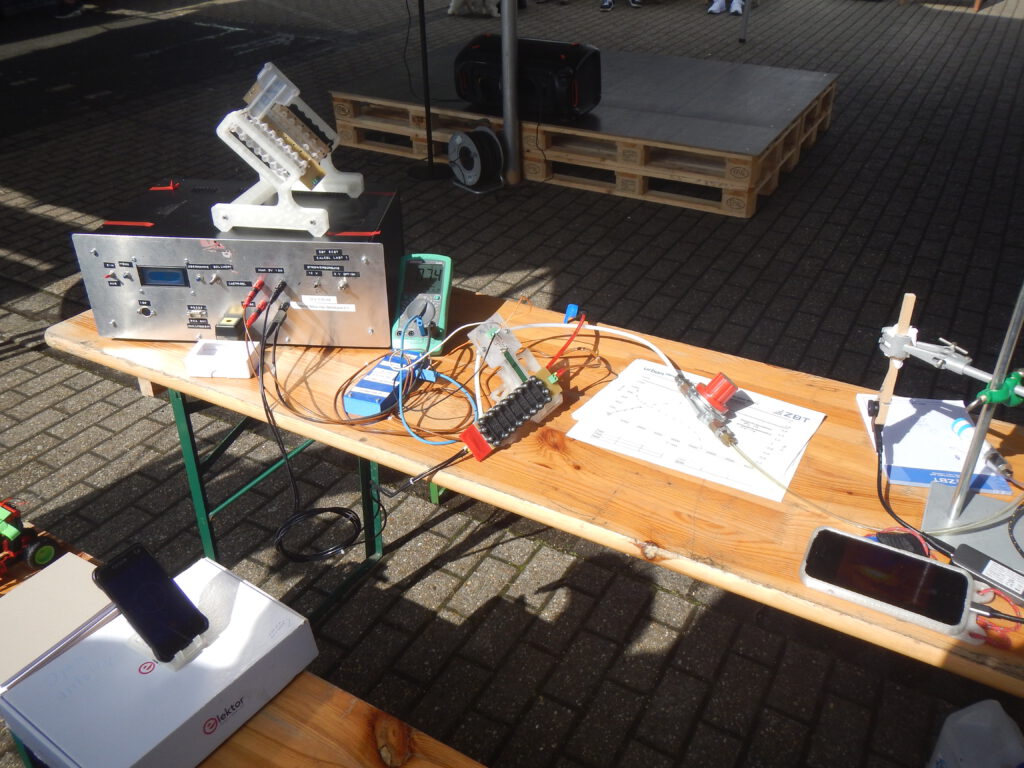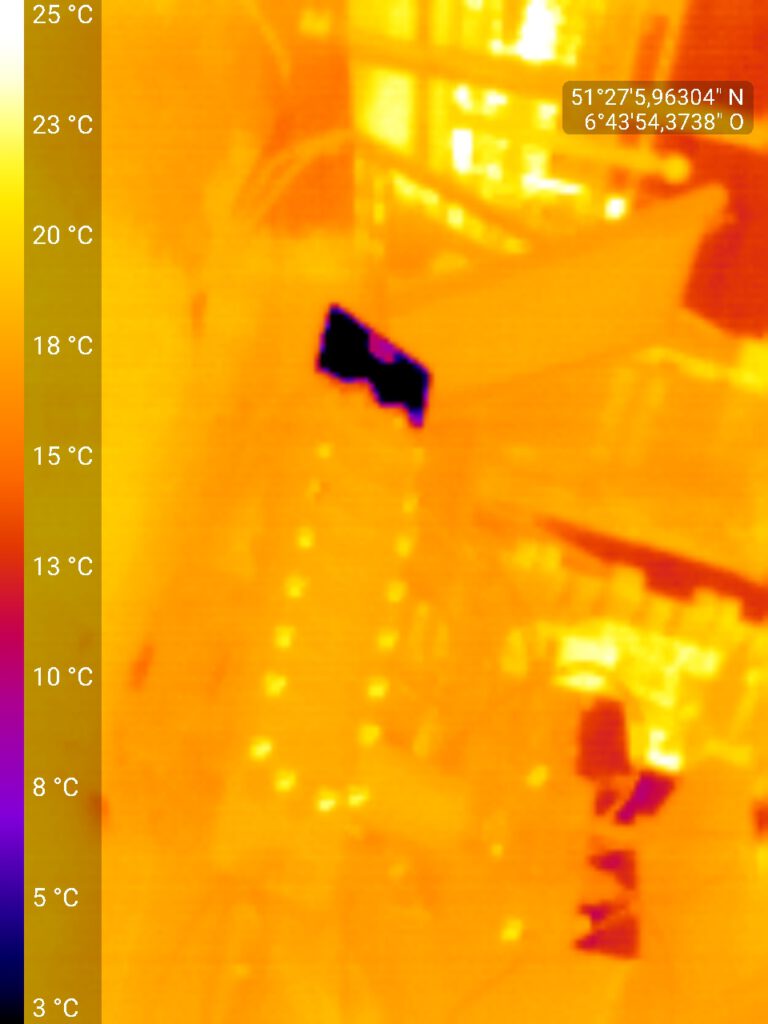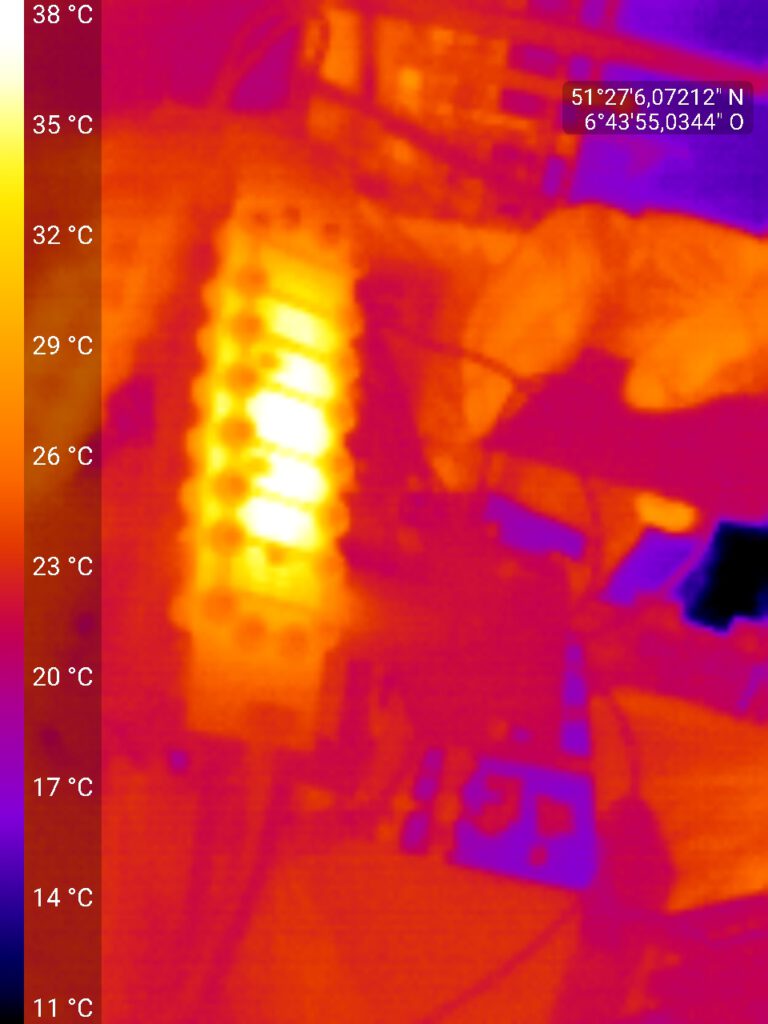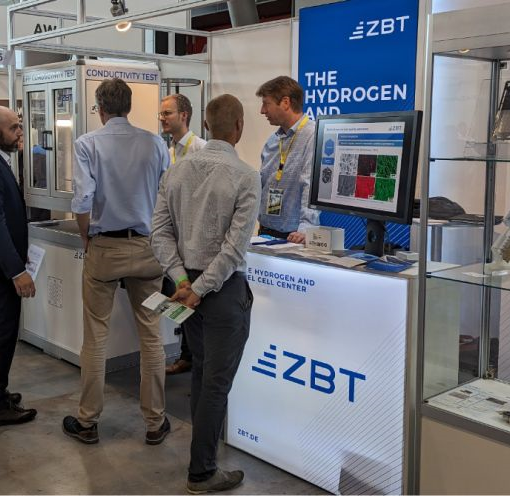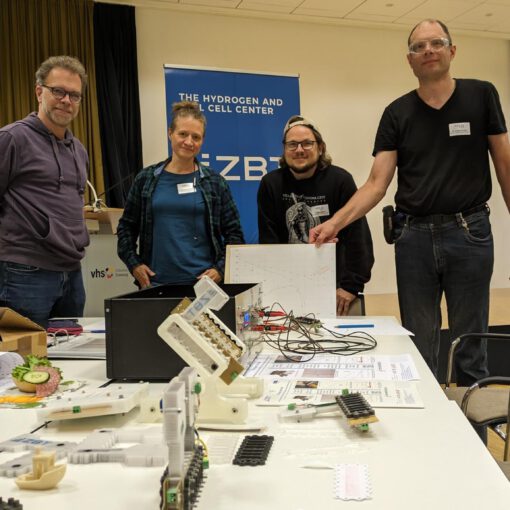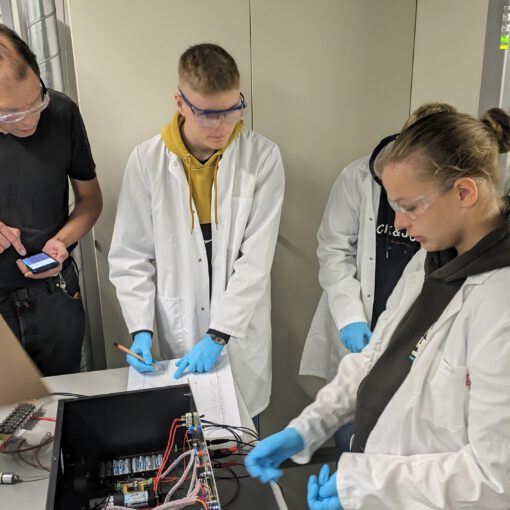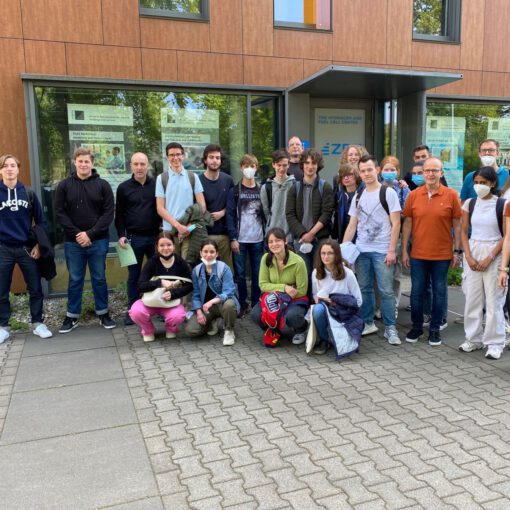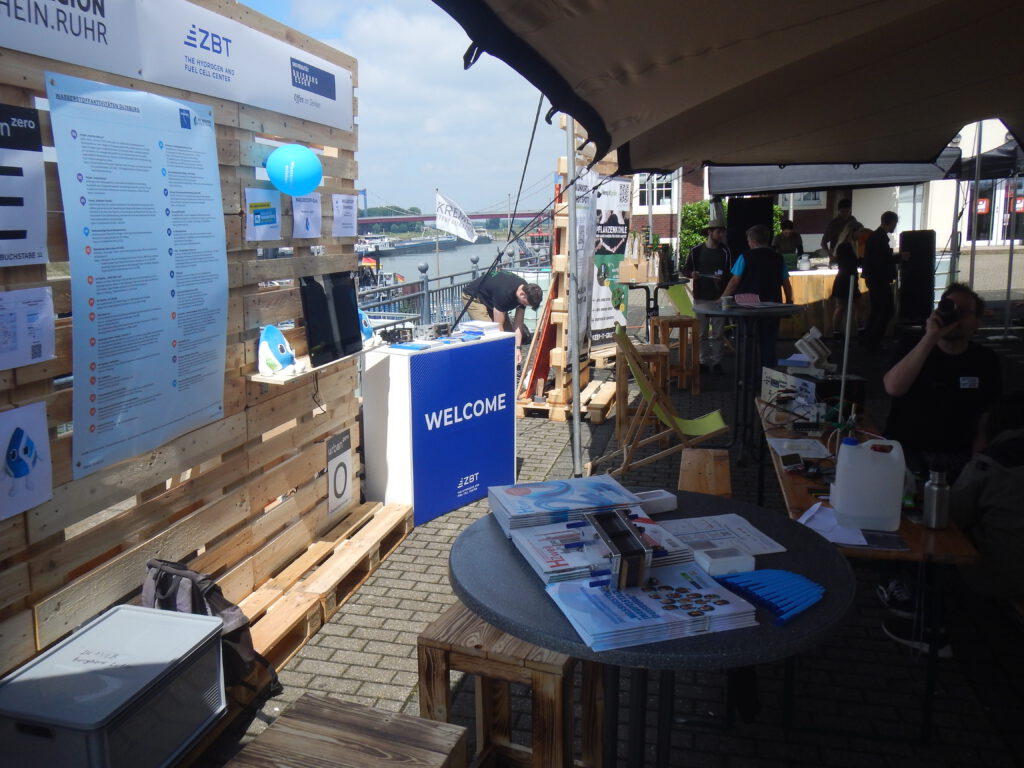
Figure 2: The entrance to the Duisport – one of the locations of the URBAN Zero science festival
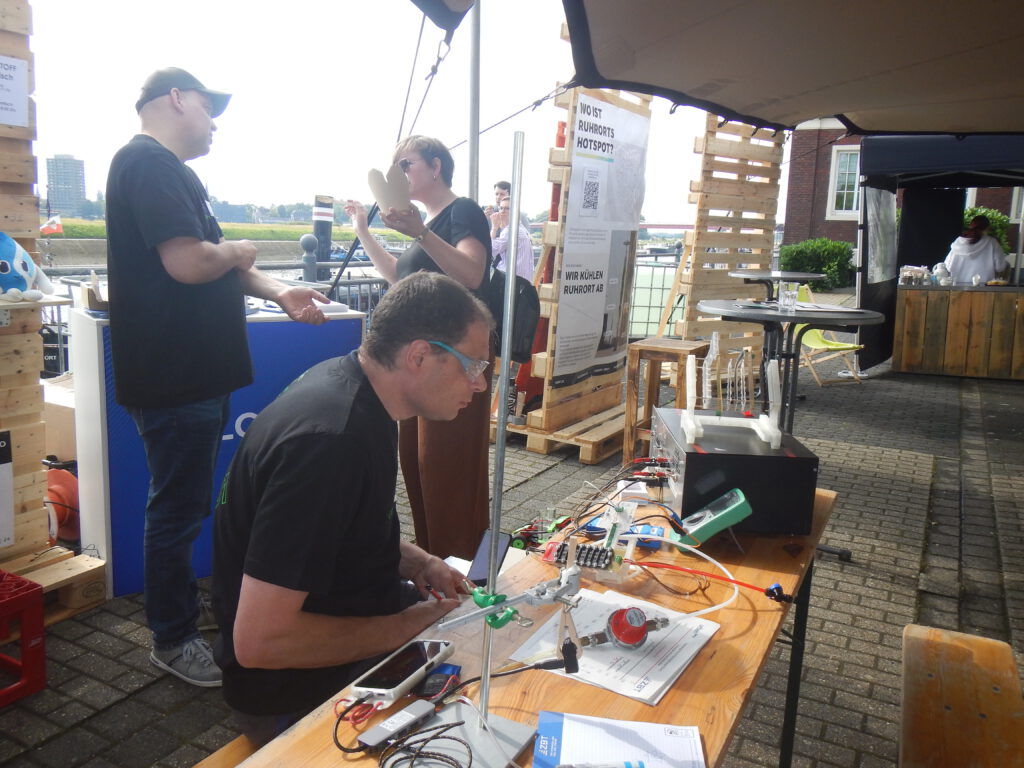
Figure 3: Burghard, one of the OFC-team members, fires up the OFC to get the science party rocking
This was also the first time the cell temperature of the OFC was constantly monitored using an IR camera. The OFC warms up significantly when drawing higher currents, heating from 23°C (ambient temperature) to nearly 38°C (Figure 4 right). But why is there a cold spot on the flow field plate before measurements (Figure 4 left)? This is due to thermal reflection of the clear blue sky on the shiny gold-plated flow field plates. A piece of insulating tape eliminated that reflection. Be cautious with your IR camera to avoid misleading results by inspecting surfaces before measurements.
The usual voltage-current performance diagrams were reproduced during the fair. However, gusty winds affected the OFC’s performance in the high current regime. While operating under a load of about 4 A, a sudden gust increased the cell voltage from about 100 mV to 300 mV. Thus, demonstrating the effect of forced convection at the open cathode to boost performance compared to natural convection was not possible.
Nonetheless, it was proven that the OFC is suitable for producing great scientific results anywhere. And remember, a pleasant environment enhances the fun of research.
Below you can see IR-thermal images of the OFC. On the left (yellow image) you see the OFC prior to the experiments with blank flowfield exposed. On the right (red image) you see the OFC after drawing higher currents for some time.
